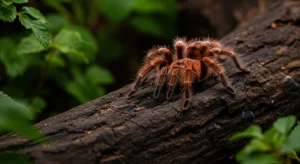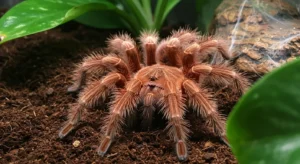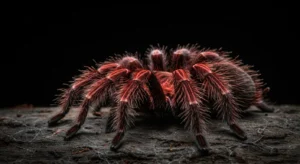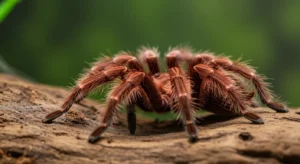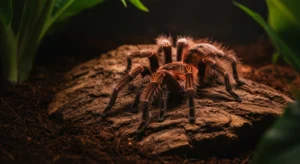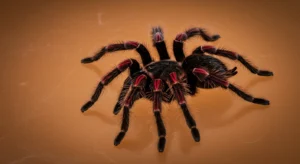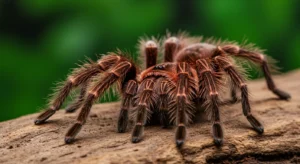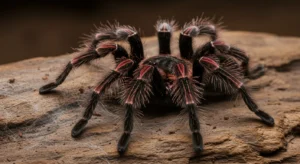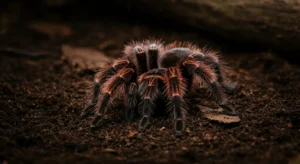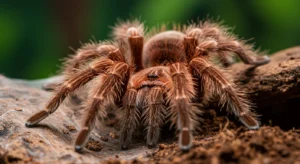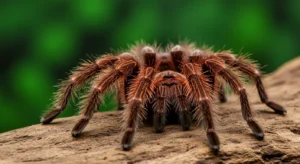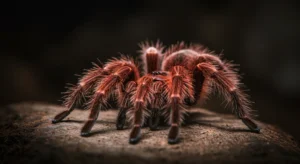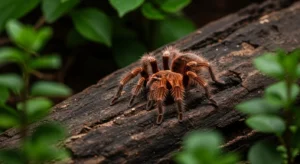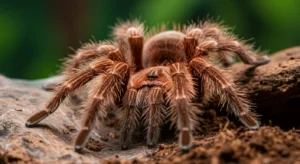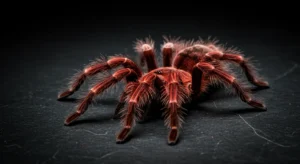Chilean Rose Tarantulas and Other Pets: Can They Co-Exist Peacefully?
Introduction: A Multi-Pet Household?
Many animal lovers own multiple pets of different species. If you have or are considering getting a Chilean Rose Tarantula (Grammostola rosea), you might wonder if it can safely share a home with dogs, cats, birds, or even other invertebrates. The simple answer is: direct interaction should always be avoided. While they can live in the same household, peaceful co-existence relies entirely on strict separation and responsible pet management.
Tarantulas and Other Arachnids/Invertebrates
Chilean Rose Tarantulas are solitary creatures. Housing them with other tarantulas, even of the same species (unless for supervised, temporary breeding purposes), is extremely risky and often results in cannibalism. They view other tarantulas as either potential mates or meals.
Cohabiting with other invertebrates like scorpions, centipedes, or larger insects is also highly inadvisable. Interactions are likely to be predatory or defensive, potentially harming one or both animals.
Never House Tarantulas Communally: Except for a few specific communal species (which G. rosea is not), tarantulas must always be housed individually.
Tarantulas and Mammals/Birds
Common household pets like dogs, cats, ferrets, rabbits, or birds pose a significant threat to a tarantula. Conversely, a tarantula’s defenses can harm other pets.
- Risk to Tarantula: Cats and dogs, driven by curiosity or predatory instinct, can easily knock over an enclosure, break through a mesh lid, or directly attack and kill a tarantula. Even seemingly gentle pets can cause fatal injuries.
- Risk to Other Pets: If threatened, a Chilean Rose Tarantula can bite or flick urticating hairs from its abdomen. While their venom is generally considered mild to humans (comparable to a bee sting), it could cause more significant reactions in smaller animals. The urticating hairs can cause intense irritation to the eyes, skin, and respiratory tract of mammals that get too close. Assessing tarantula cohabitation risks clearly shows interaction is unsafe.
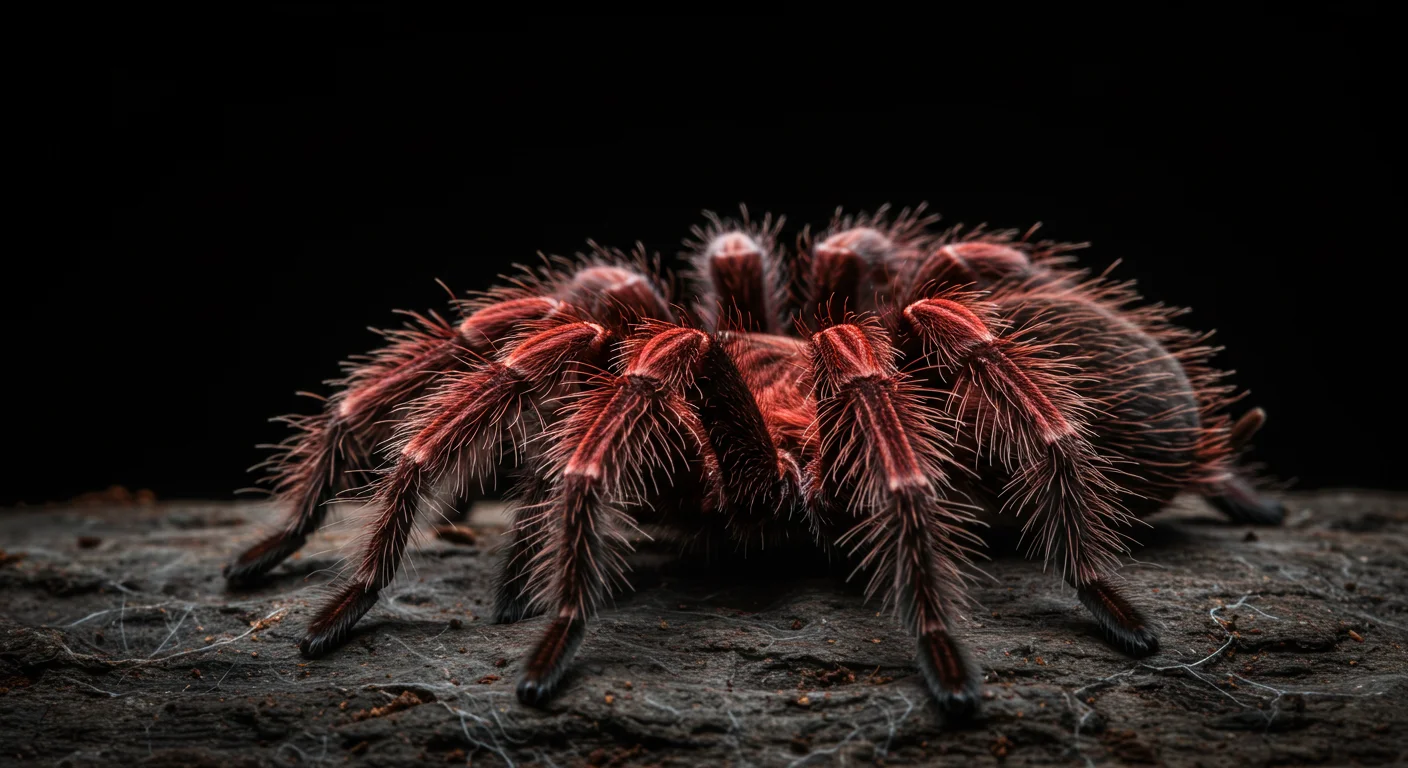
Risks Involved
Allowing any interaction, even supervised, carries unacceptable risks:
- Predation: Your dog/cat/bird views the tarantula as prey or a curiosity.
- Stress: The mere presence of a larger animal can cause significant stress to the tarantula.
- Injury/Death: Accidental falls, bites, or attacks can be fatal to the tarantula.
- Defense Mechanisms: Bites or kicked hairs can harm your other pets.
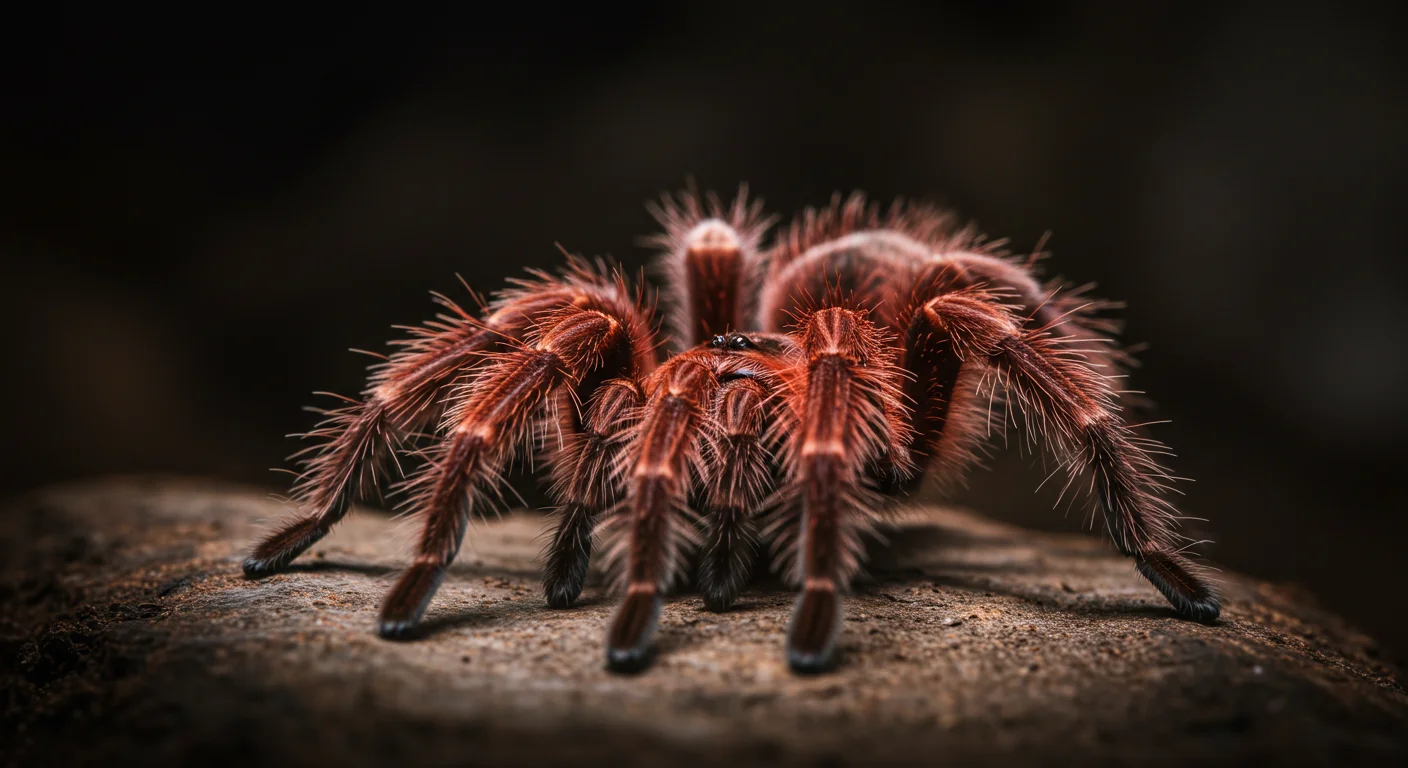
Safe Practices in a Multi-Pet Home
Peaceful co-existence means keeping worlds separate:
- Secure Enclosure: Use a sturdy enclosure with a tightly secured, locked lid that cannot be opened or knocked over by other pets.
- Strategic Placement: Keep the tarantula enclosure in a room that other pets (especially cats and dogs) cannot access. If this isn’t possible, place the enclosure high up on a stable shelf where other pets cannot reach it.
- Strict Supervision (During Maintenance): When performing enclosure maintenance or feeding, ensure other pets are securely confined in another room. Never leave the tarantula unattended outside its enclosure if other pets are present in the house.
- No Interaction Photos/Videos: Avoid the temptation to photograph or film your tarantula near other pets. It creates unnecessary risk and stress for the tarantula.
Responsibility lies with the owner to prevent any possibility of interaction between a tarantula and other household pets. Their safety depends entirely on physical separation.
Conclusion: Separate Worlds
While Chilean Rose Tarantulas can certainly be part of a multi-pet household, they cannot “co-exist” with other pets in the sense of sharing space or interacting. Safety dictates that they must live in entirely separate spheres within the home environment. Prioritizing secure housing and preventing any possibility of encounters is the only way to ensure the well-being of both your tarantula and your other beloved animal companions.
Information regarding tarantula venom general comparison referenced from Wikipedia contributors, “Tarantula bite,” Wikipedia, The Free Encyclopedia, (accessed [Current Date]).
